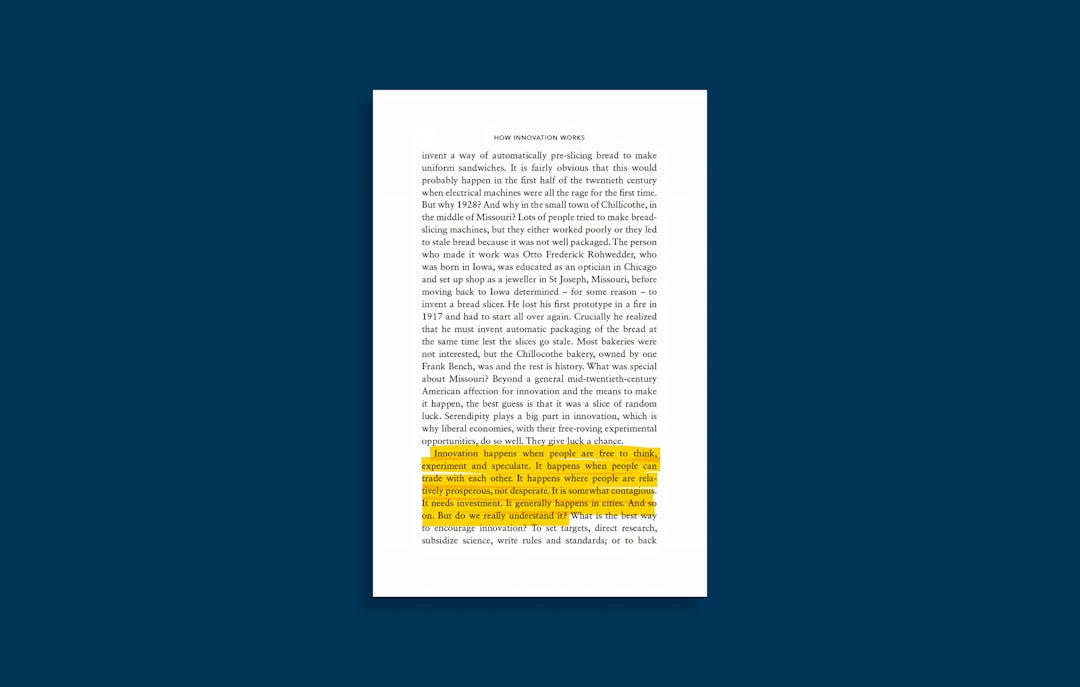
Flipper Zero Firmware Development - Building Custom Applications for Security Research
⚠️ Important Legal and Ethical Notice This guide covers Flipper Zero firmware development for legitimate security research, penetration testing with authorization, and educational purposes only. Unauthorized access to systems, devices, or networks is illegal. Authorized Use Cases: ✅ Testing your own devices ✅ Authorized penetration testing ✅ Educational research and learning ✅ IoT device security auditing (with permission) Never: ❌ Access systems without explicit authorization ❌ Interfere with critical infrastructure ❌ Jam emergency communications ❌ Clone access badges/cards you don’t own Research Disclaimer This tutorial is based on: ...



